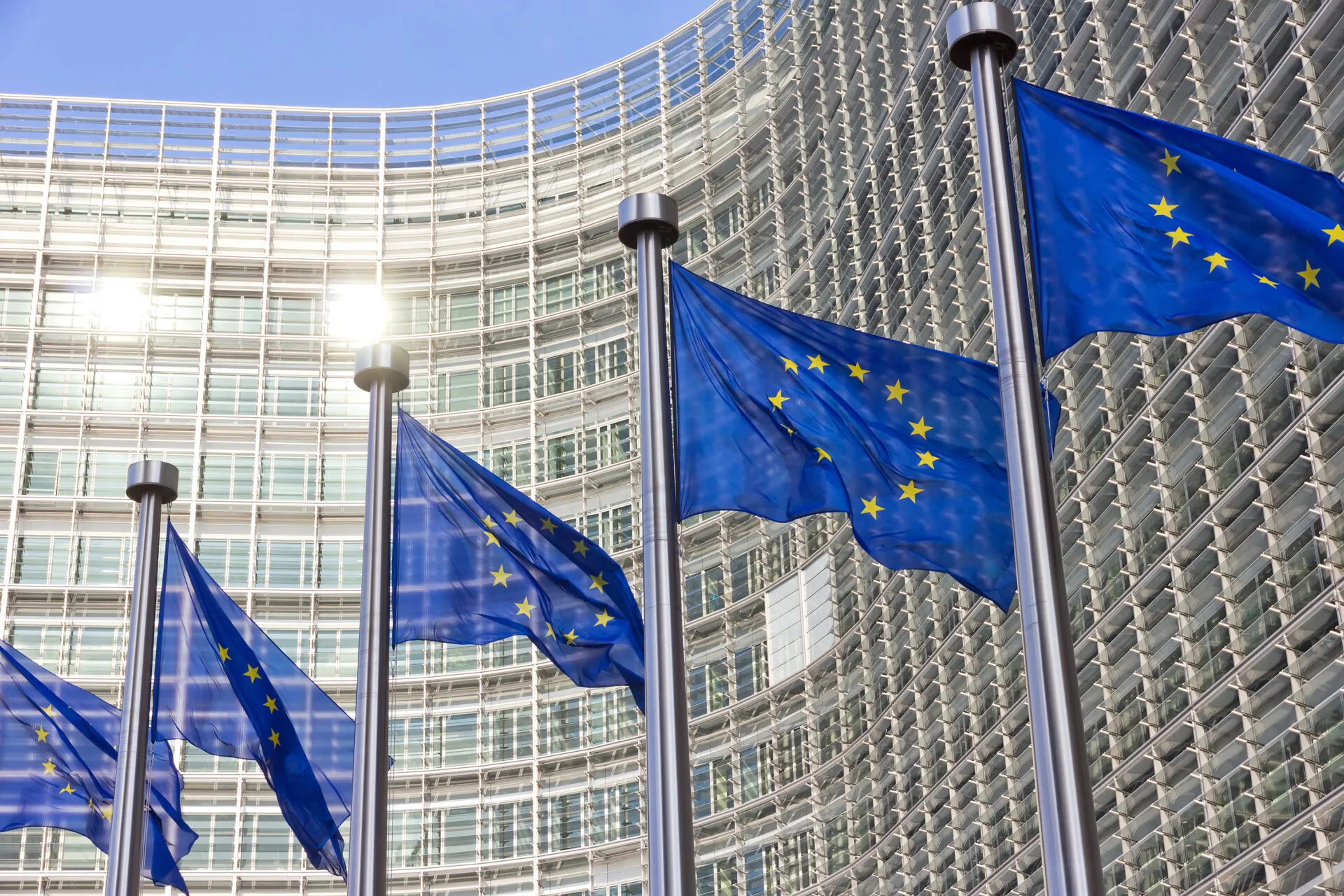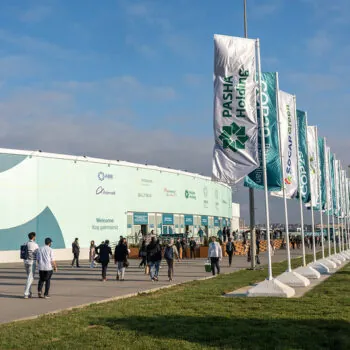A reform of the rules governing EU power markets, agreed just before Christmas 2023, creates new tools to support renewable energy investments, protect consumers and make grids more flexible and digital. Together with RePowerEU, a plan adopted earlier in the year to achieve EU independence from Russian energy imports, it constitutes a significant step toward achieving a predominantly fossil-free power system by 2035.
Concerns over the immediate economic and social impact of soaring energy prices, caused by Russia’s war against Ukraine, had put reform of the EU’s power market high on the political agenda. The European Commission responded with proposals for the reform of the EU electricity market design in February 2023 The reform aimed to achieve two key objectives: enabling the investment needed to realise the renewable energy and energy efficiency ambition, and ensuring consumers benefited from more cheap renewables coming online.
A reform that empowers consumers
The reform will support the integration of renewables in power systems, responding to demand by households and businesses to access more affordable energy in the aftermath of the energy price crisis. In 2022 heat pump sales increased by 39%, battery deployment grew by 40% and EV sales achieved a 33% market share.
The reform creates market conditions crucial for achieving the renewable energy targets set by RePowerEU, aiming for 70% renewables in the EU power system by 2030. The agreed measures anticipate trends towards more electrification and removing grid integration barriers to increased electricity consumption, and incorporating key instruments:
- Contracts for Difference that will increase the amount of renewable energy in power systems, thereby displacing more expensive gas and coal-powered generation;
- Recycling of revenues from Contracts for Difference to consumers, offering better protection from fossil fuel volatility;
- National flexibility objectives, to be defined by 2026, and flexibility support schemes focusing on non-thermal options to increase grid flexibility investment, enabling grid integration of renewables and less dependence on gas for power systems balancing.
Ensuring consistency with EU climate goals
The IEA’s assessment of a 1.5 °C trajectory sets a benchmark for OECD countries to achieve a net zero power sector by 2035, a milestone that a group of EU countries already committed itself to achieve. The power market design reform introduces incentives to improve alignment with a Paris-compatible schedule for decarbonising the power sector. Member States have agreed to considering Paris Agreement compliance when assessing flexibility needs and the European Scientific Advisory Board on Climate Change will ensure coherence between national flexibility plans and EU climate targets. In addition, the European Commission is tasked with presenting an EU strategy on flexibility, contributing to facilitating the deployment of demand response and storage consistent with the EU’s 2030 climate targets.
However, the reform’s positive structural changes face challenges with the extension of subsidies for coal power plants until 2028, a development requiring stringent enforcement by the Commission to prevent abuse of this option. Despite this setback, the recent success of Demand Side Response (DSR) and batteries in Polish auctions illustrates that even in the country that lobbied hardest for this exemption, better alternatives already exist.
Fast implementation is needed to secure benefits and manage risks
To secure benefits and manage risks effectively, both governments and the European Commission need to move fast in deploying the new instruments Any initiatives to provide capacity payments to coal plants must be thoroughly assessed and if necessary, rejected by the Commission.
Developing flexibility objectives and support schemes, especially important for countries like Germany, which have thus far focused on new gas plants for backup support to variable renewables, should be at the forefront of implementation efforts.
Energy system operators, such as the European Network of Transmission System Operators for Electricity (ENTSO-E) and the European Union Agency for the Cooperation of Energy Regulators (ACER) are given a crucial role in developing and approving new methodologies for assessing flexibility needs. These in turn will support setting of national objectives. Ensuring consistency between these methodologies and those used for EU resource adequacy assessments and the development of Ten Year Network Development Plans (TYNDP) is a particularly important role for ACER, with preparations for the next TYNDP, due to be adopted by 2026, already under way.
If executed promptly and accurately, consumers and European energy security will emerge as the beneficiaries of this reform.


